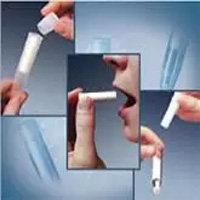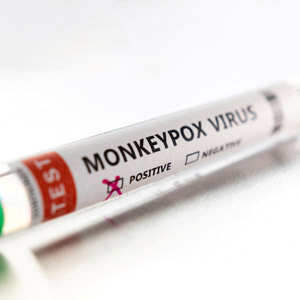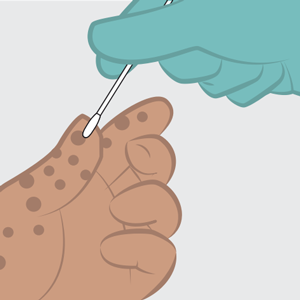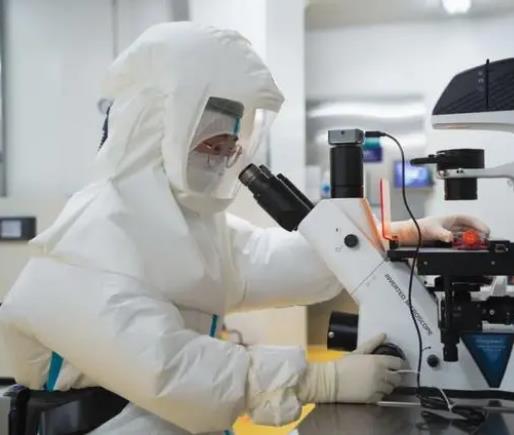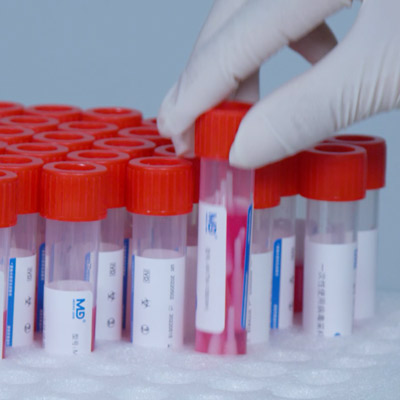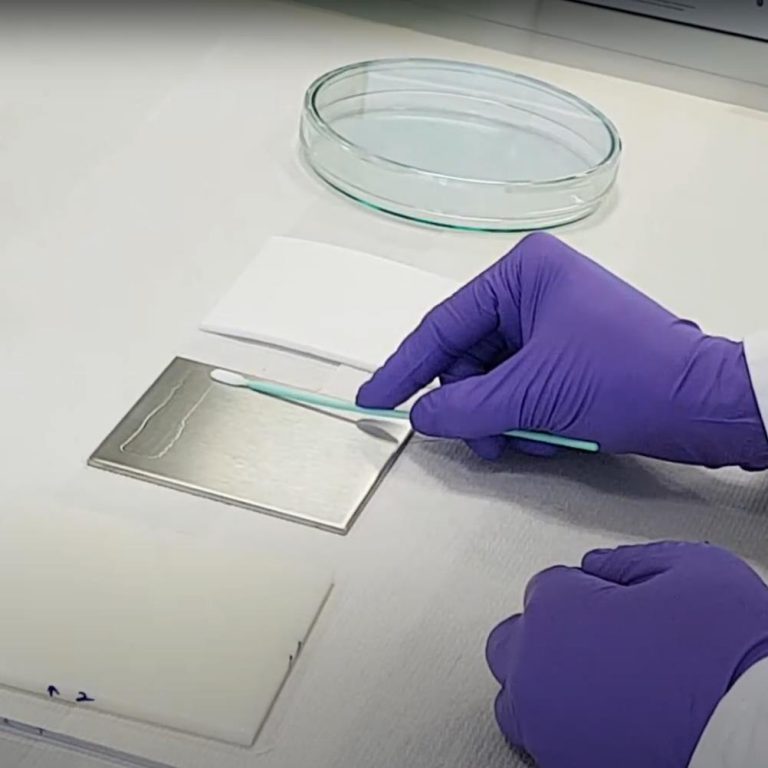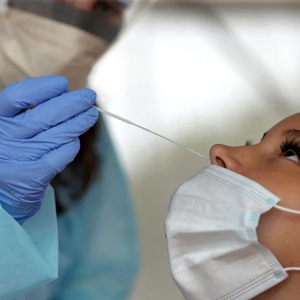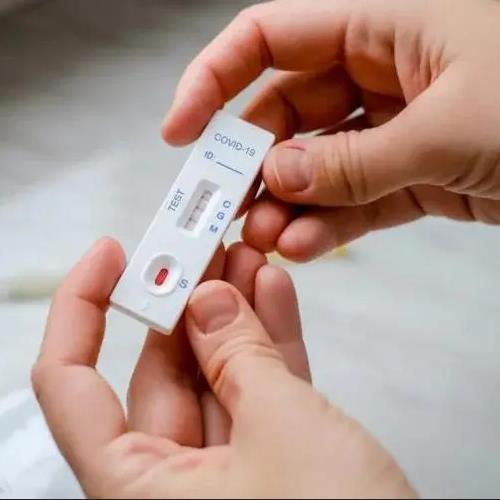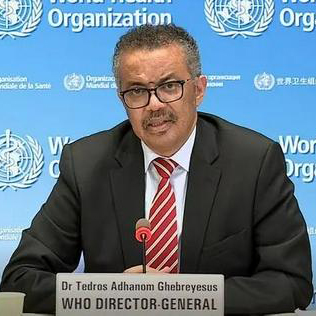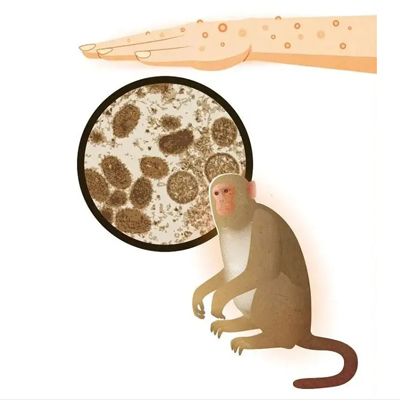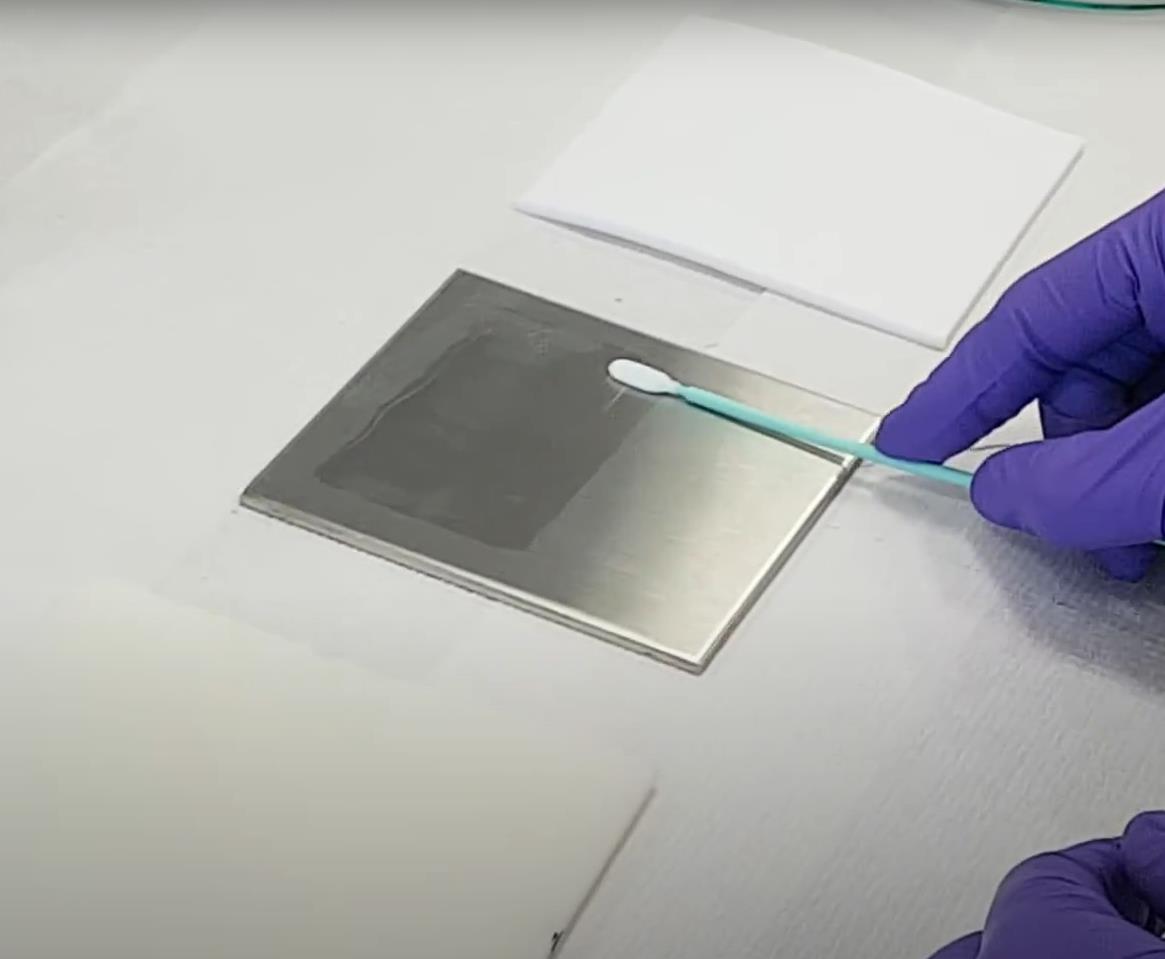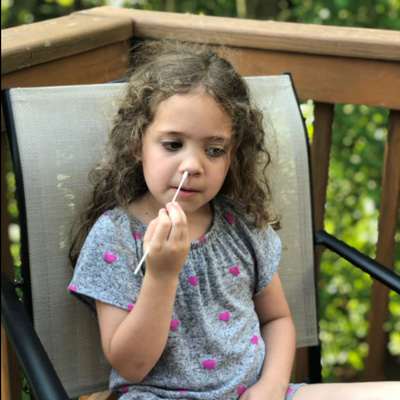» 行業新聞
行業新聞
如何收集樣本進行唾液皮質醇測試
皮質醇是最豐富的循環類固醇和腎上腺皮質分泌的主要糖皮質激素. 它幫助身體使用糖分 (葡萄糖) 脂肪作為能量 (代謝). 它還可以幫助身體控制壓力. 皮質醇測試有助於診斷庫欣綜合徵, 原發性和繼發性腎上腺功能不全以及腎上腺和垂體的其他功能障礙. 以下是 …中國研究人員開發出猴痘病毒快速檢測方法
北京 — 中國一些研究人員最近開發出三種猴痘病毒快速檢測方法 (MPXV) 可以提供結果 20 至 30 分鐘,比傳統的即時定量 PCR 快得多 (聚合酶鏈反應) 方法. 即時定量 PCR 是目前 MPXV 診斷的黃金標準, 但它需要訓練有素的實驗室人員和專門設備, …我國成功分離猴痘病毒株並啟動疫苗藥物研究
中國一家研究機構週四表示,已成功從感染病例樣本中分離出猴痘病毒,並已開始研究對抗這種傳染病的疫苗和藥物. 武漢生物製品研究所, 國藥集團中國生技集團下屬科研單位, 宣布了. 世界衛生組織宣布全球猴痘 …我國單管核酸檢測能力已超過 100 每天百萬管
在十月 13, 在國務院聯合預防和控制機制的新聞發布會上, Liang Wannian, 國家衛生委員會領先的流行病和處置小組專家小組負責人, 說預防和控制COVID-19的關鍵是 “早期發現”, 核酸測試是關鍵 …用於驗證測試表面以評估清潔效果的拭子採樣程序
拭子採樣程序: 1. 移出 5 運輸容器中的採樣溶劑毫升數. 2. 使用乾淨的乳膠手套從保護袋中取出拭子. 3. 避免接觸拭子頭,防止污染. 4. 將拭子轉移到運輸容器中 (試管) 含有 5 ml 採樣溶劑並讓拭子浸泡 …3 COVID-19 PCR 檢測的關鍵步驟
PCR 檢測一直是診斷 COVID-19 的黃金標準檢測, 準確可靠. COVID-19 PCR 檢測分為三個關鍵步驟: 樣品採集: 醫療保健提供者使用拭子收集您鼻子中發現的呼吸道物質. 棉籤是長條上的柔軟尖端, 可以插入鼻子的柔性棒. 有 …如何在家中進行 COVID-19 快速抗原檢測
家庭快速抗原檢測是阻止 COVID-19 傳播的關鍵, 但正確地執行它們很重要. MEDICO 分享如何在家中使用常見的新冠病毒檢測的逐步指南. 適合人群 1. 有明顯症狀者: 有明顯呼吸道症狀者, 例如喉嚨乾燥, 咳嗽, 喘息, 伴隨發燒症狀, 和那些 …“ 為。。。。尋找結果: COVID-19 大流行的結束“指日可待”’
世衛組織總幹事譚德塞在周三的新聞發布會上表示,COVID-19 的全球大流行預計將結束, 且新增通報病例數大幅下降, 敦促世界抓住機會結束這場流行病. 法新社報道稱,自 2019 年底確診以來, 2019, 到目前為止它已經 …選擇用於清潔驗證的拭子的四個最重要的標準
在醫藥製造中, 產品不得被以前的產品污染,也不得被用於設備清潔的清潔劑污染. 為了驗證清潔過程,通過從製造過程中使用的清潔設備的各個部分取樣來驗證清潔過程,並對這些樣品進行分析 …年僅四歲的兒童就可以自行拭子進行 COVID-19 檢測
一項新研究表明,學齡兒童可以採集自己的樣本進行 COVID-19 檢測, 根據亞特蘭大埃默里大學醫學院和亞特蘭大兒童保健學院的臨床研究人員的說法. 在進行這項研究之前, FDA 制定了禁止年齡以下兒童的法規 14 距離自我檢測 COVID-19 數年. 新數據促使研究人員建議更新這項政策 …版權所有©2023. 醫療技術公司, 有限公司















